2025 ACM Awards
We’re beyond thrilled to celebrate our incredible MAX artist partners who’ve secured nominations for the 2025 Academy of Country Music Awards—our...
4 min read
John Maxwell : February 25, 2015
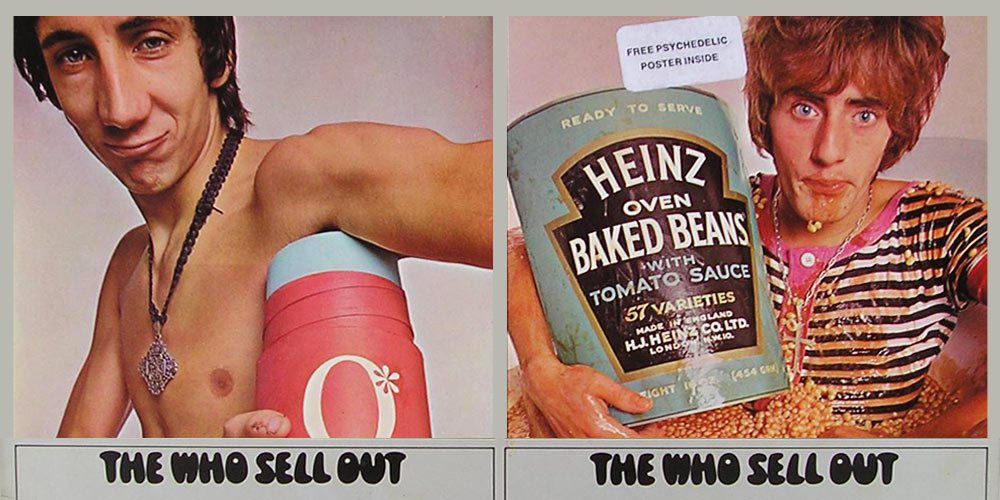
From Advertising Age’s excellent series of articles to Gawker’s view that “ . . . the current young generation is being sold wholesale the idea that music and advertising go hand in hand,” to a recent report at Next Big Sound, the consensus is that today’s artists are thinking like grown-up marketers and ditching the concept of “selling out.” Artists have figured out that their music’s marriage to a brand can be a happy one because they now realize they need brands. Put simply, yesterday’s sell-out can be today’s break out.
While the idea of brand/artist partnership is not new, the basic model of the relationship has changed a lot. Once upon a time, brand/artist deals were all about tour sponsorship. Jovan fragrances' sponsorship of the Rolling Stones' Tattoo You tour dates back to 1981. A year later, Schlitz Beer created the “Schlitz Rocks America” campaign featuring the brand’s sponsorship of The Who’s American tour. But back then, brands just considered artist partnerships as an enhancement to their main marketing campaigns because consumers still responded to the one-way messages in their ads. And artists didn’t view tour sponsorships as anything that would compromise their artistic integrity. The brands kept out of the artist’s hair and simply footed the bill for the tour. This was the artist/brand partnership in its infancy.
But things really revved up and matured just a few years later when the brand/artist partnership concept hit the hyperspace button with Pepsi’s groundbreaking deal with Michael Jackson. Pepsi realized that a lifestyle tie-in with an artist who had a huge following and moved a lot of records could create a subculture of sorts. In this case it was “The Pepsi Generation,” with Jackson as the face of this new generation of Pepsi drinkers. Pepsi didn’t know it at the time, but they had created the prototype for experiential marketing. It was at this early milestone for brand advertising that Madison Avenue first saw the value of two-way, experiential marketing. Consumers felt involved with Michael Jackson and Pepsi in a truly new way.
With regard to artists, it is important to note that Jackson had actual artistic control of many aspects of the Pepsi campaign which meant that an artist of Jackson’s stature could, indeed, live in harmony with a major branding deal. This definitely helped the partnership concept in the minds of wary artists.
Fast forward to the early 2000s when the major record labels famously missed the boat on digital music distribution and became pawns to Apple. This is when it became quite clear that even big artists would no longer make truckloads of money in the music biz as they had before. In fact, just a few years earlier in 1999, recorded music hit a revenue peak and has been in decline ever since. From an economic standpoint, the new climate is not hard to understand; Consumers quickly went from buying CDs for $15 to downloading licensed songs for a dollar each to streaming just about anything under the sun legally for ten bucks a month. The days of fat margins evaporated almost overnight. That lack of margin also means that the days of many big labels spending millions of dollars annually on A&R and promotion are gone. To add insult to injury, consolidation and attrition among labels has left the world with just three major record companies: Sony, Warner and Universal, which are now the only real sources of music industry money to support artists. Consequently, the money has to come from somewhere else.
Simultaneous to this sea change within the music business, corporate-conscience-aware Millennials ventured into consumerism, and the whole idea of artist/brand partnerships featuring artists’ authentic enthusiasm for products or brands took off. Today’s musical artists (a huge number of whom are Millennials that have grown up in the digital age and not in the age of the 1970s corporate juggernaut record industry) know all too well about broad, fragmented and treacherous music distribution and the even more fragmented profits that can (hopefully, on a good day) result. Today’s musical artists know that they need some hand holding in order to break out, be heard and make a living.
Case in point, for several years running, the South By Southwest conference (SXSW) in Austin has featured seminars on artist/brand partnerships. Going back to 2013, a meeting called “Building an Optimal Partnership Between Brands & Artists” included speakers from such heavyweight companies as Universal Music Group and Absolut Vodka. As proof of the artist community’s acceptance of brand partnerships, the theme continues at this year’s SXSW. According to the SXSW website, this year’s event will feature a seminar called “21st Century Patronage: Brands Empowering Artists.” The seminar description notes:
“Historically, there would be no art without patrons commissioning paintings, sculptures, and more. Today's modern music landscape is no different. Record sales are only a small fraction of an artist's income and brands are the new patrons. This allows musicians to meet their bottom line through partnerships, live performances, licensing, and more...”
It is evident from the music industry’s own braintrust at SXSW to the marketers on Madison Avenue, that music and marketing industry attitudes toward artist/brand partnerships have changed in a profound way. But attitudes are only part of the story because this is not simply a cultural shift resulting from a new generation of consumers. Complex factors like the monumental change we’ve witnessed in the music industry regarding distribution and profit structure play a major role. The new music economics that the major record labels must face means that music and brands can no longer simply flirt with each other. Partnerships are necessary and will become commonplace. Additionally, the sudden staleness of traditional, one-way ad messages further dictates a new direction. One-way messages just don’t have the impact they once had. Blame it on the barrage on Millennials’ senses from every direction -- internet, broadcast, experiential or blame it on a myriad of cultural factors. With music as the vehicle, brands are cutting through the clutter and reaching Millennials with authentic brand ambassadors and experiences with real value. Astute marketers see this seismic shift and are entering a new chapter where brands will literally drive the music business.
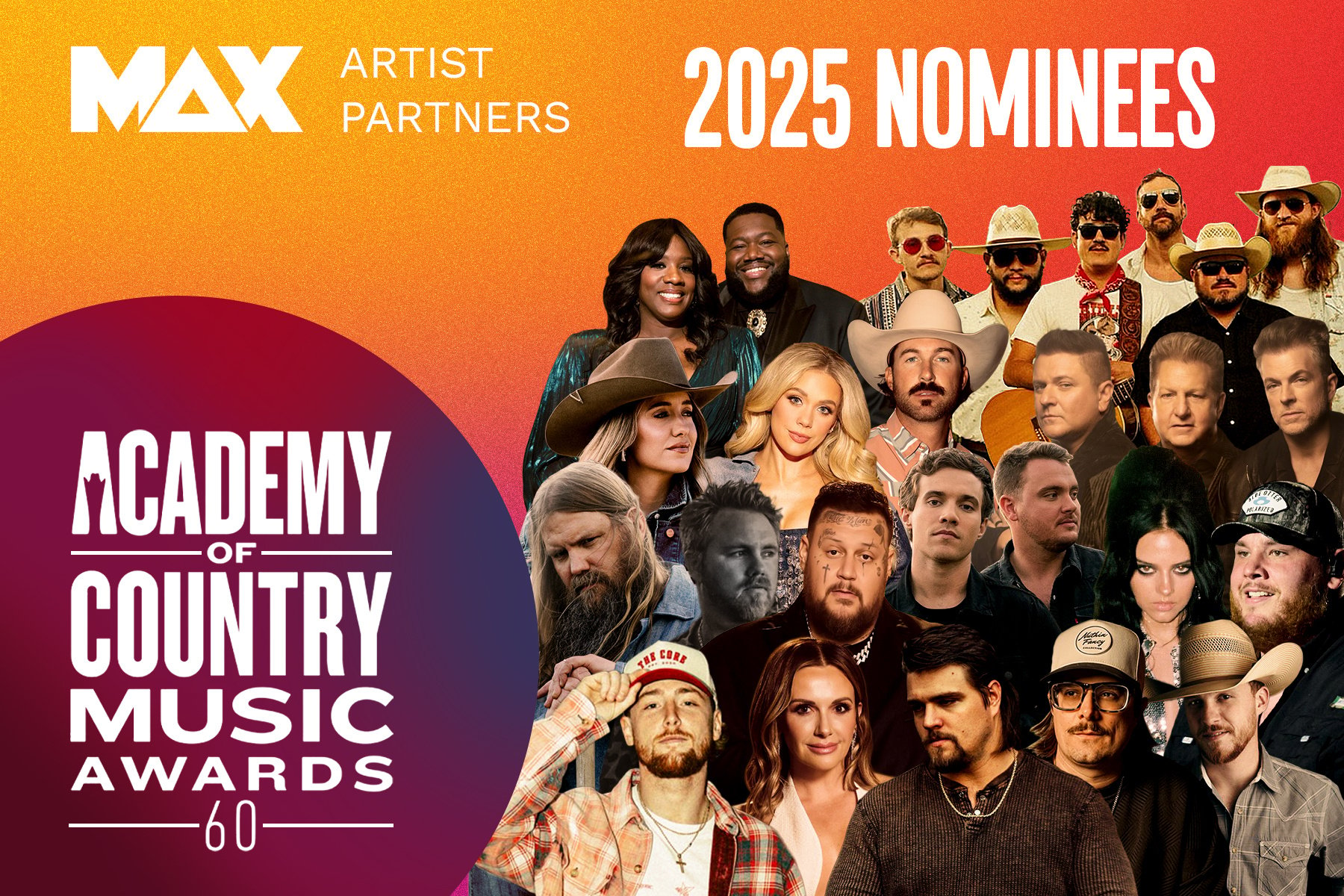
We’re beyond thrilled to celebrate our incredible MAX artist partners who’ve secured nominations for the 2025 Academy of Country Music Awards—our...
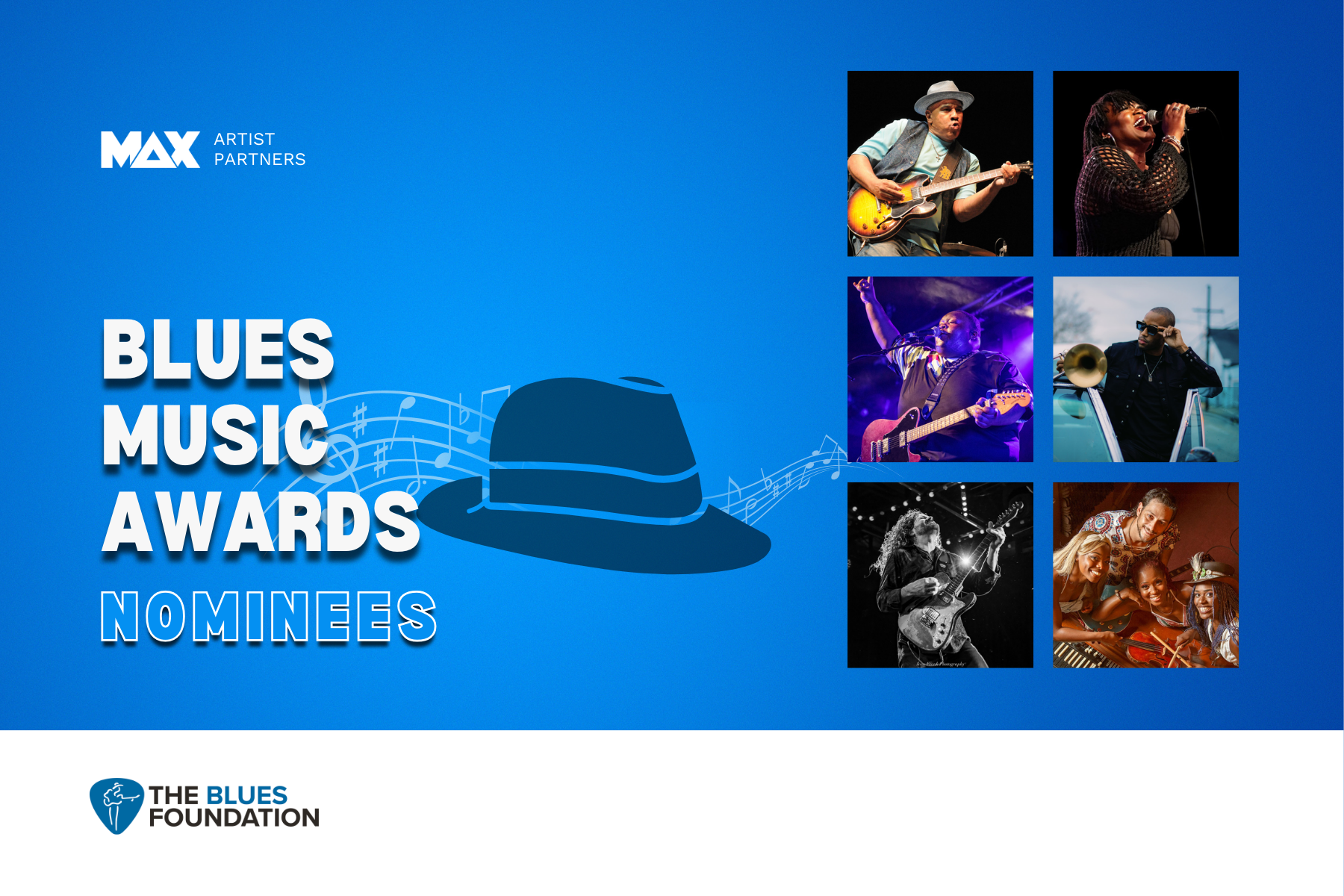
We’re fired up to celebrate our incredible artist partners who are nominated for the 2025 Blues Music Awards! 🎶🏆Blues music may be timeless, but...
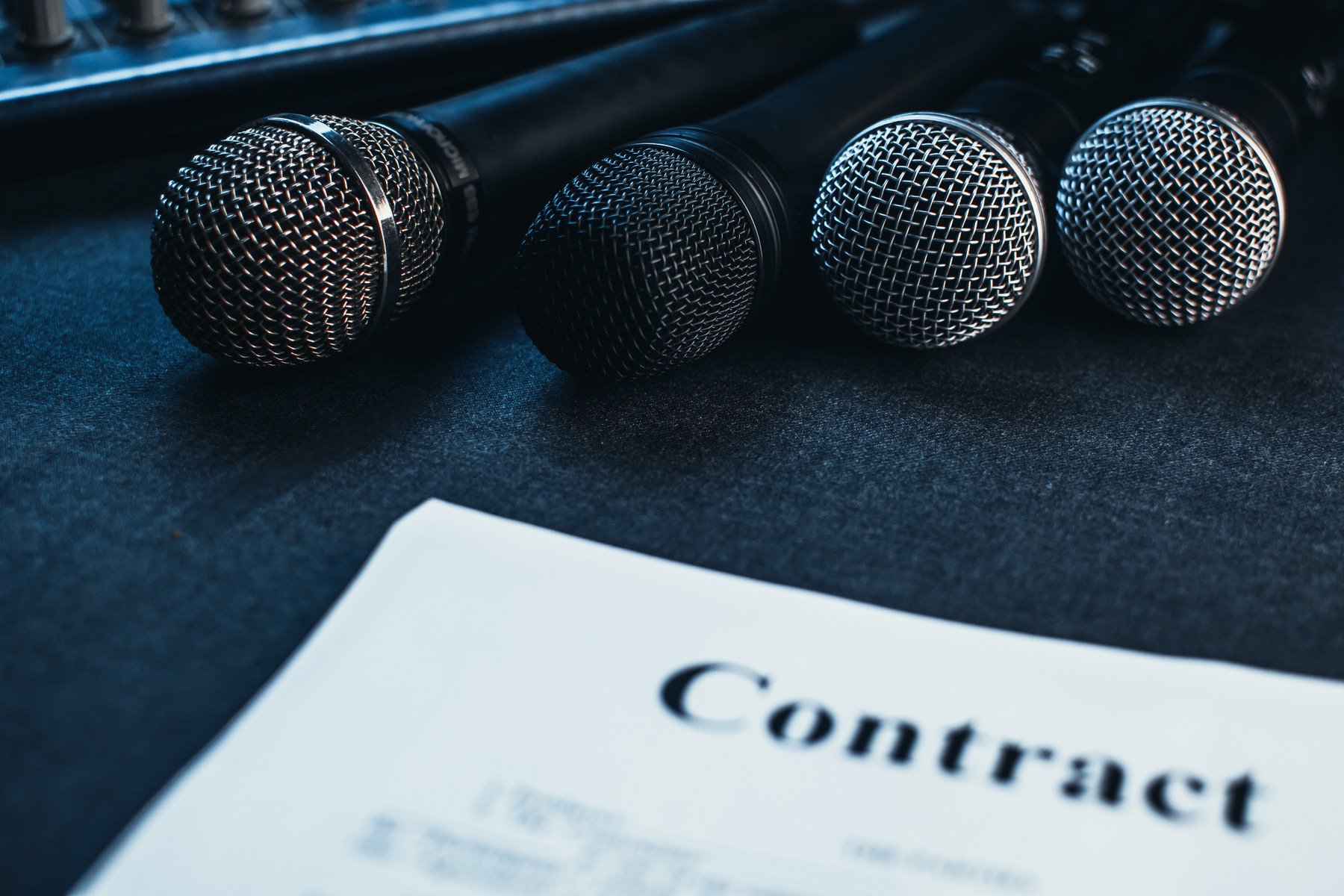
It’s a common question: what drives the cost of an artist partnership up (or down)? I mean, an artist’s fee can range from four to seven figures…and...
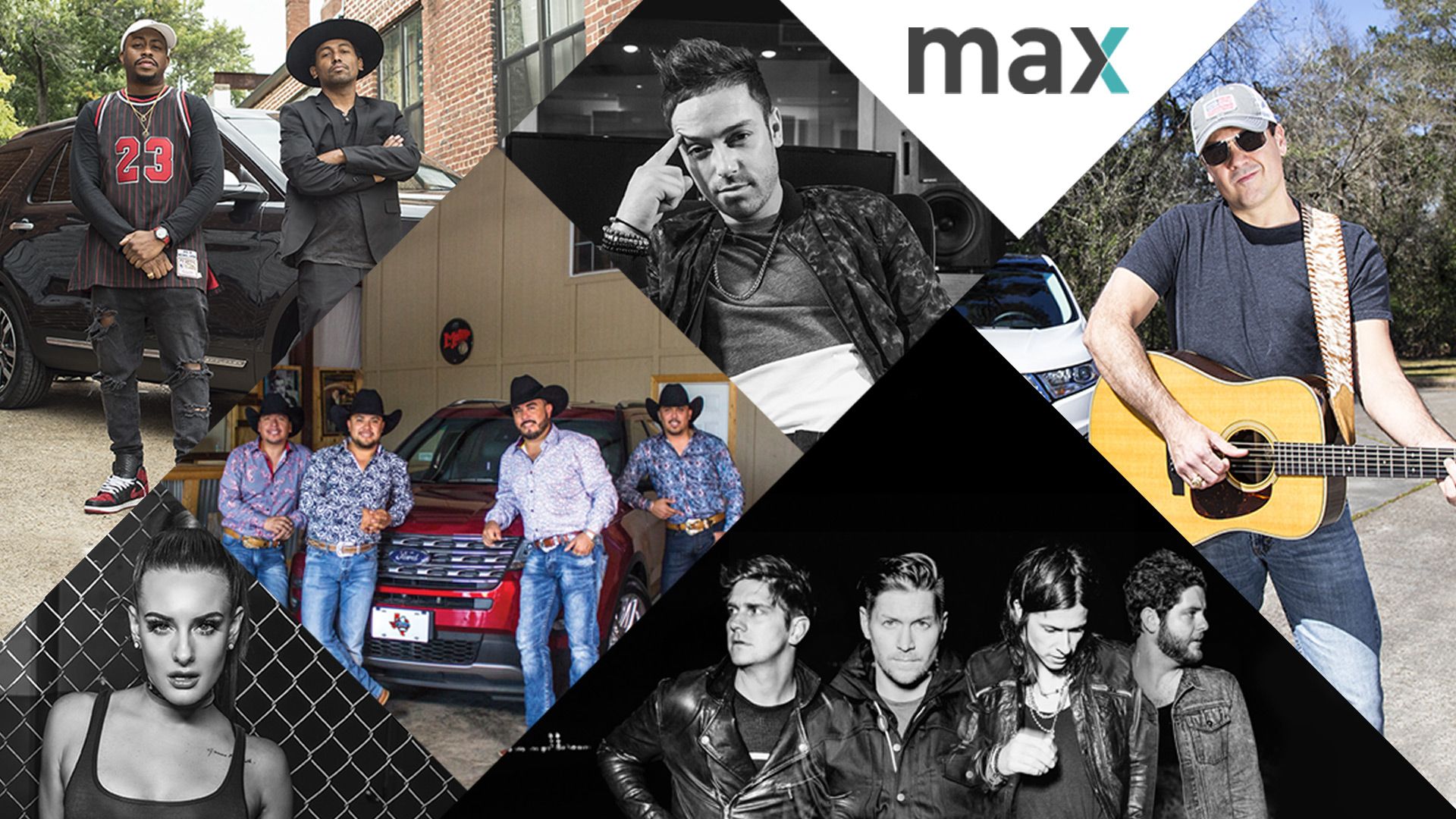
2016 already feels like three years ago, doesn’t it? But we’d be remiss if we didn’t take one final look back on how the year brought so many great...
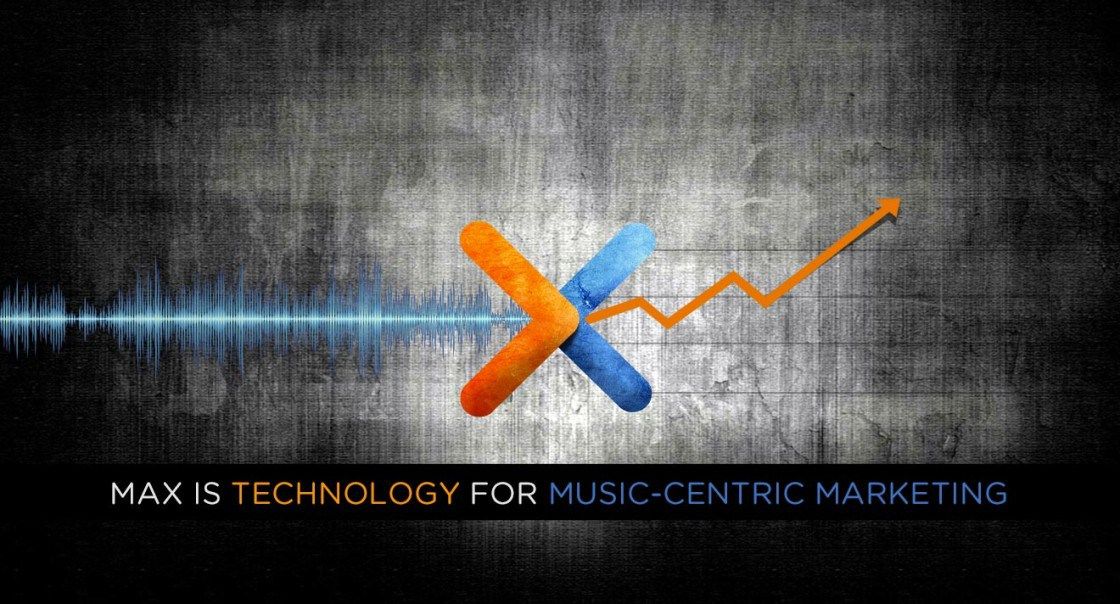
For a pioneering young company, it’s a warm fuzzy when a respected publication (covering what’s now and what’s next in social & business tech) posts...
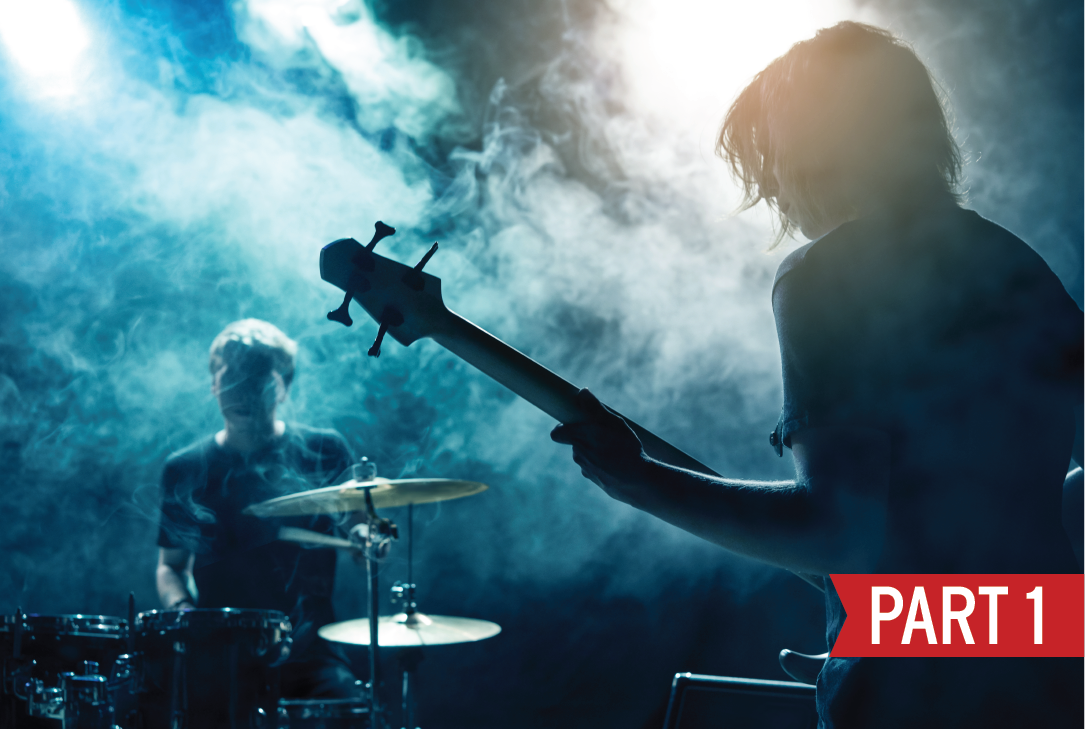
Over the past few weeks, we have explored the power that music has to connect people and how brands can harness this power to reach their target...